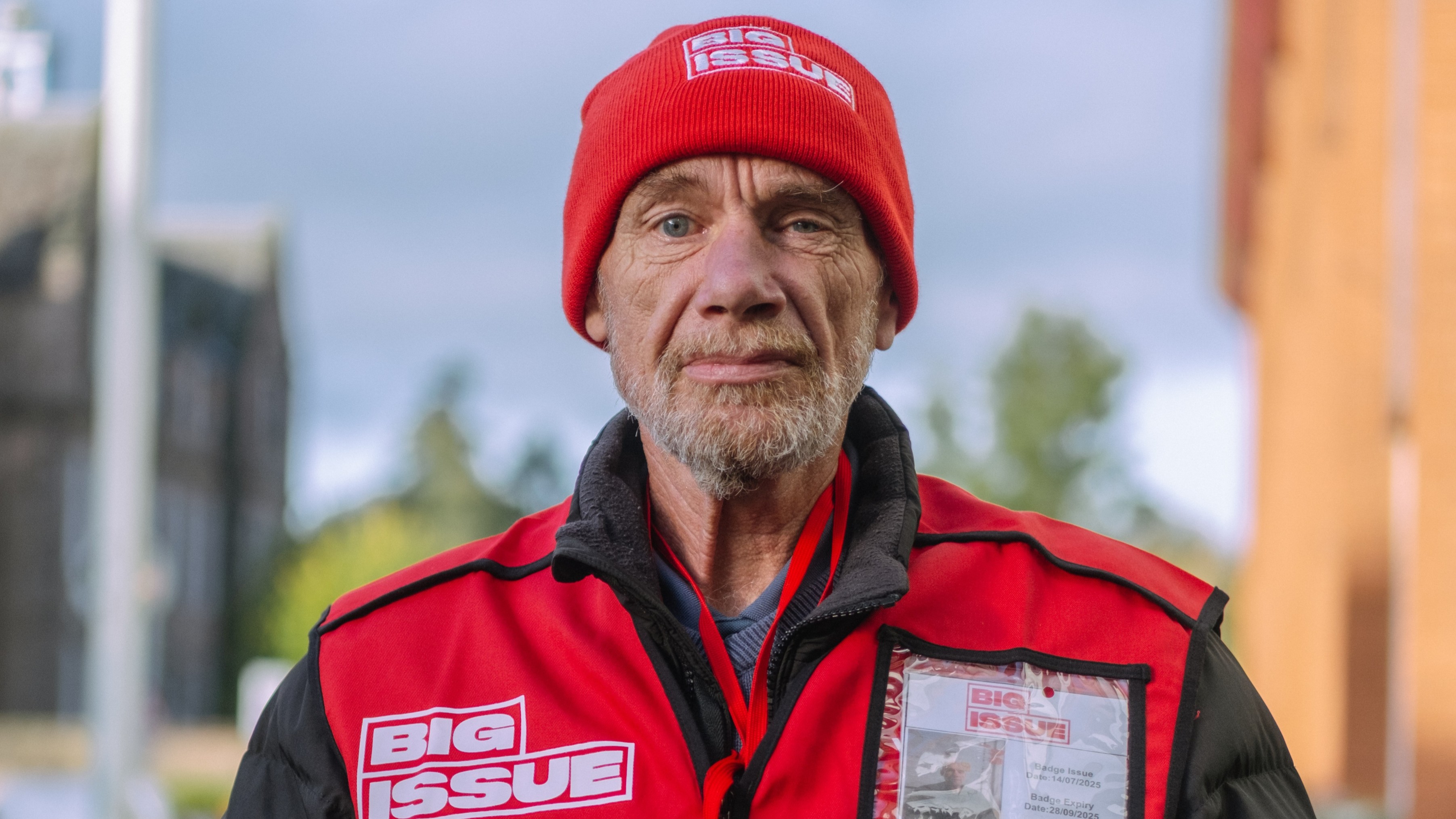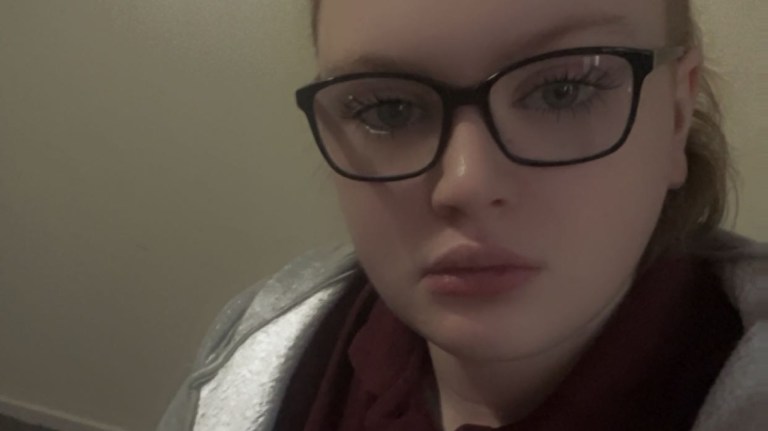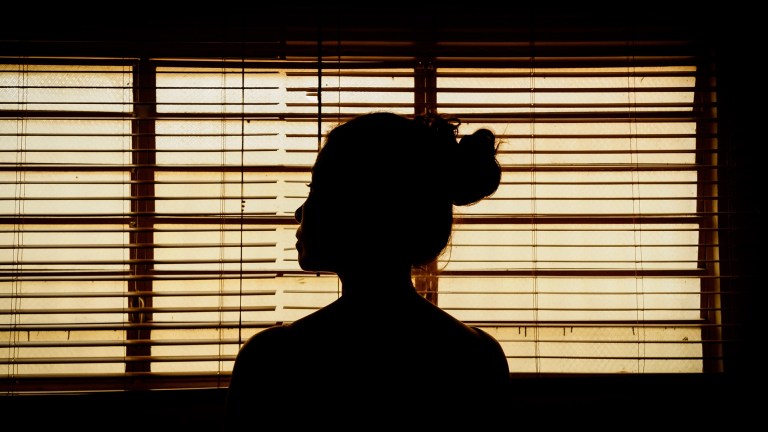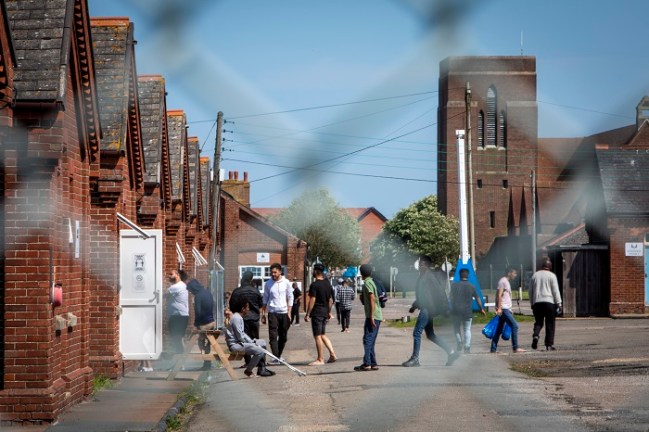More than a few eyebrows were raised when the BBC teamed up with Disney to secure the future of Doctor Who three years ago. That the fortunes of this quintessentially British icon, and BBC crown jewel, would at least partly lie with the House of Mouse would have been unthinkable just a few years earlier. But BBC director-general Tim Davie held it up as the “horsepower” boost that third-party funding can give to UK drama.
That deal – 26 episodes, including several specials and a spin-off series – somehow already feels like a bygone era, with the latest series’ bold storytelling and dazzling production values overshadowed by questions of whether the Disney dream, and the BBC’s soft power as a maker of globally loved TV, is over.
- Doctor Who star Ncuti Gatwa on return to the Tardis: ‘I was pushed in ways I hadn’t been before’
- How Beyond Paradise places foster care at the heart of primetime detective drama
- Adolescence is a powerful wake-up call about what’s happening to our sons online
A show once gently derided for its wobbly sets might have become too expensive to justify, a low priority for a co-producer that’s just splashed an estimated $300 million+ (£225m) on its latest series of Star Wars spin-off Andor.
Drama producers talk of a glut of shows stuck in “soft development”, with the BBC leaving them to piece together up to 70% of the budget to get them over the line. Even bankable BBC period drama sequel Wolf Hall: The Mirror and the Light only made it to screen with large cuts to both its outdoor scenes and the salaries of its key creatives. Patrick Spence, producer of Mr Bates vs the Post Office, has said that neither that domestic megahit, nor his latest real-life ITV drama The Hack, would be funded today.
At last month’s Broadcasting Press Guild awards, veteran producer Jane Featherstone declared that the crisis had effectively become its own high-stakes drama: “We are in the 45th minute of the pilot episode, and we’ve got five minutes left to stop the bomb from going off.”
Get the latest news and insight into how the Big Issue magazine is made by signing up for the Inside Big Issue newsletter





